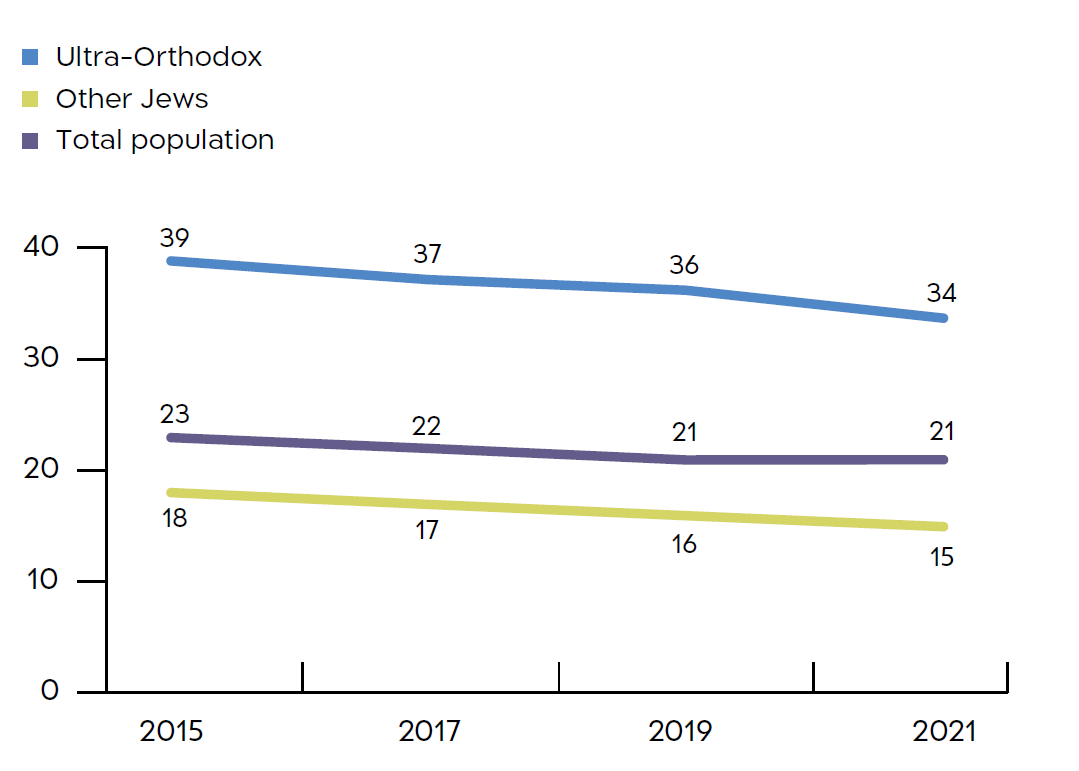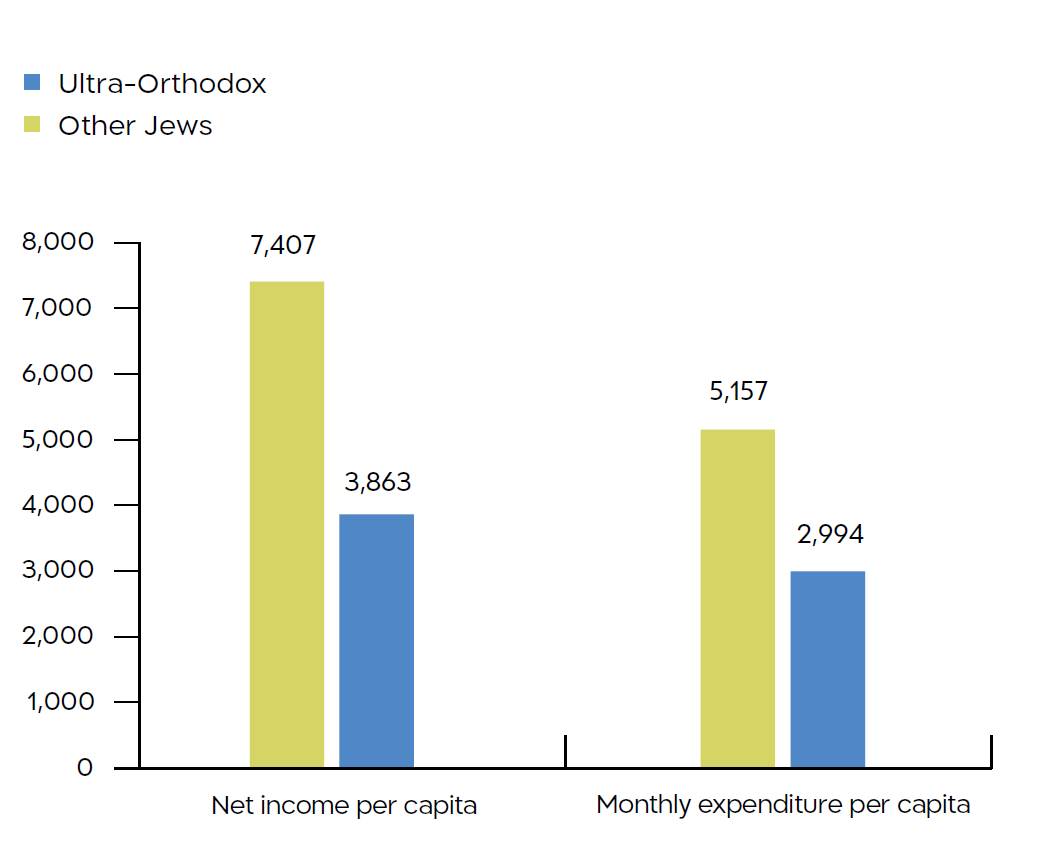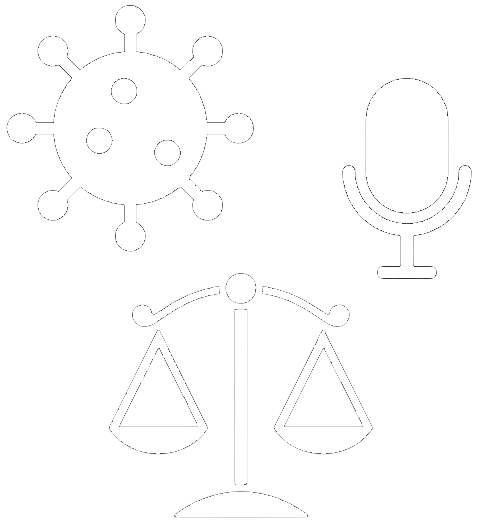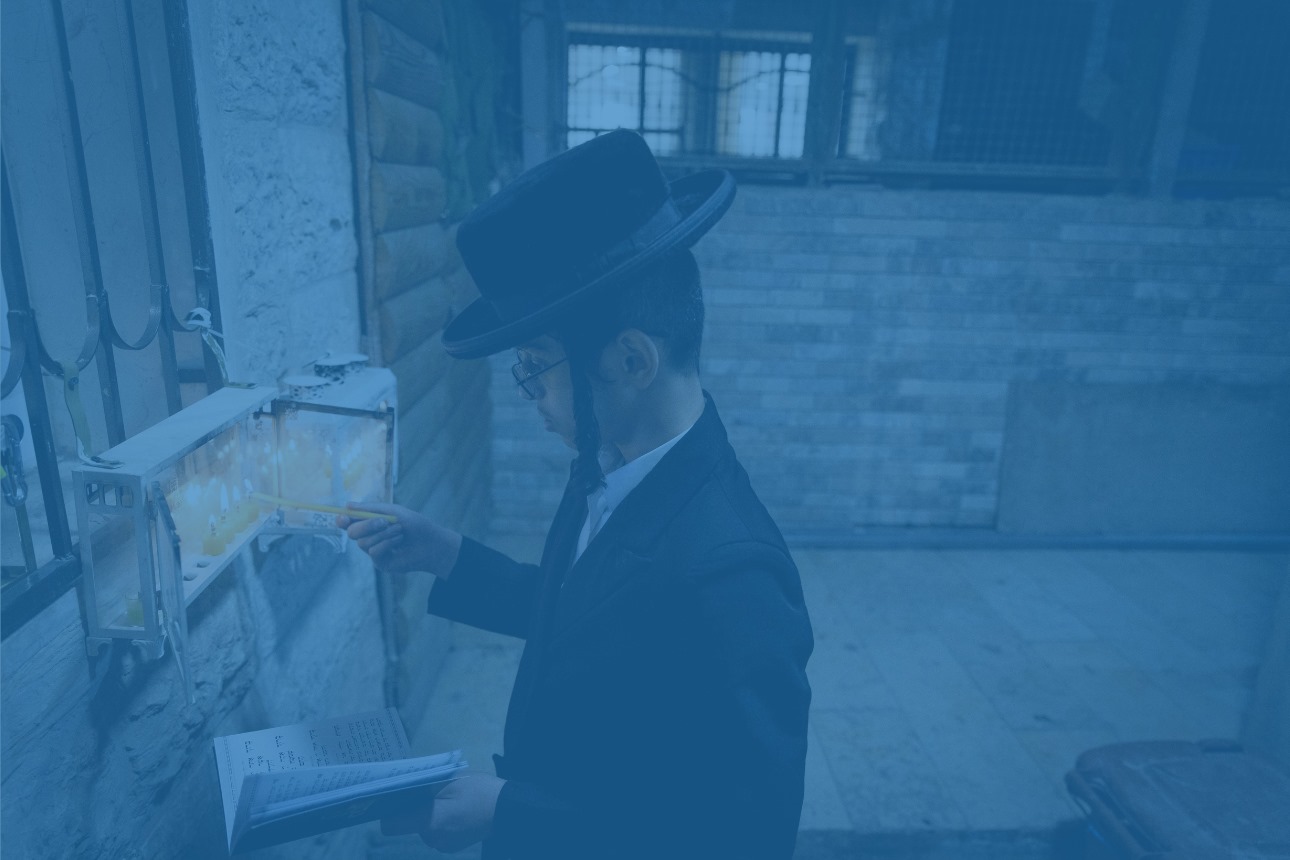Standard of Living
Chap. 3
The prevalence of poverty among Israel's ultra-Orthodox population and its impact on the standard of living, is much greater than in the rest of the Israeli population. While there has been a sizable decline in the poverty rate among the ultra-Orthodox since 2015, it remains very high, standing at 34% in 2021—significantly higher than among the general population (21%).
Poverty rate among families, by population group (%)

Standard of living is closely linked to household income and expenditures. In 2021, the average gross monthly income for Haredi households was NIS 14,978— far lower than the average for other Jewish households in Israel (NIS 22,047). The factors behind this low level of income include the fact that many households rely on the earnings of a single breadwinner (generally the women), working relatively few weekly hours in a low-paying job, and with fewer funds in investments or in pension plans.
An assessment of monthly household expenditure reveals that the ultra-Orthodox spent an average of NIS 2,994 per capita, compared to NIS 5,157 per capita among other Jews. To some extent, these differences can be explained by the ultra-Orthodox consumer culture, which puts a high premium on thriftiness, as well as by consumer outlets for the ultra-Orthodox population, at which shoppers can buy products more cheaply, and even receive them for free on occasion.
Monthly income and expenditure per capita (NIS)

Analysis of data on the standard of living in the ultra-Orthodox public, reveals that the differences-as compared to the rest of the Jewish public in Israel- remain large, but have become somewhat smaller in recent years. This is true of income, poverty rates, consumption, and access to motor vehicles. The only area in which findings for the two populations are comparable is in home ownership, where we see that 78% of Haredim owned a home, compared to 72% of other Jews.











